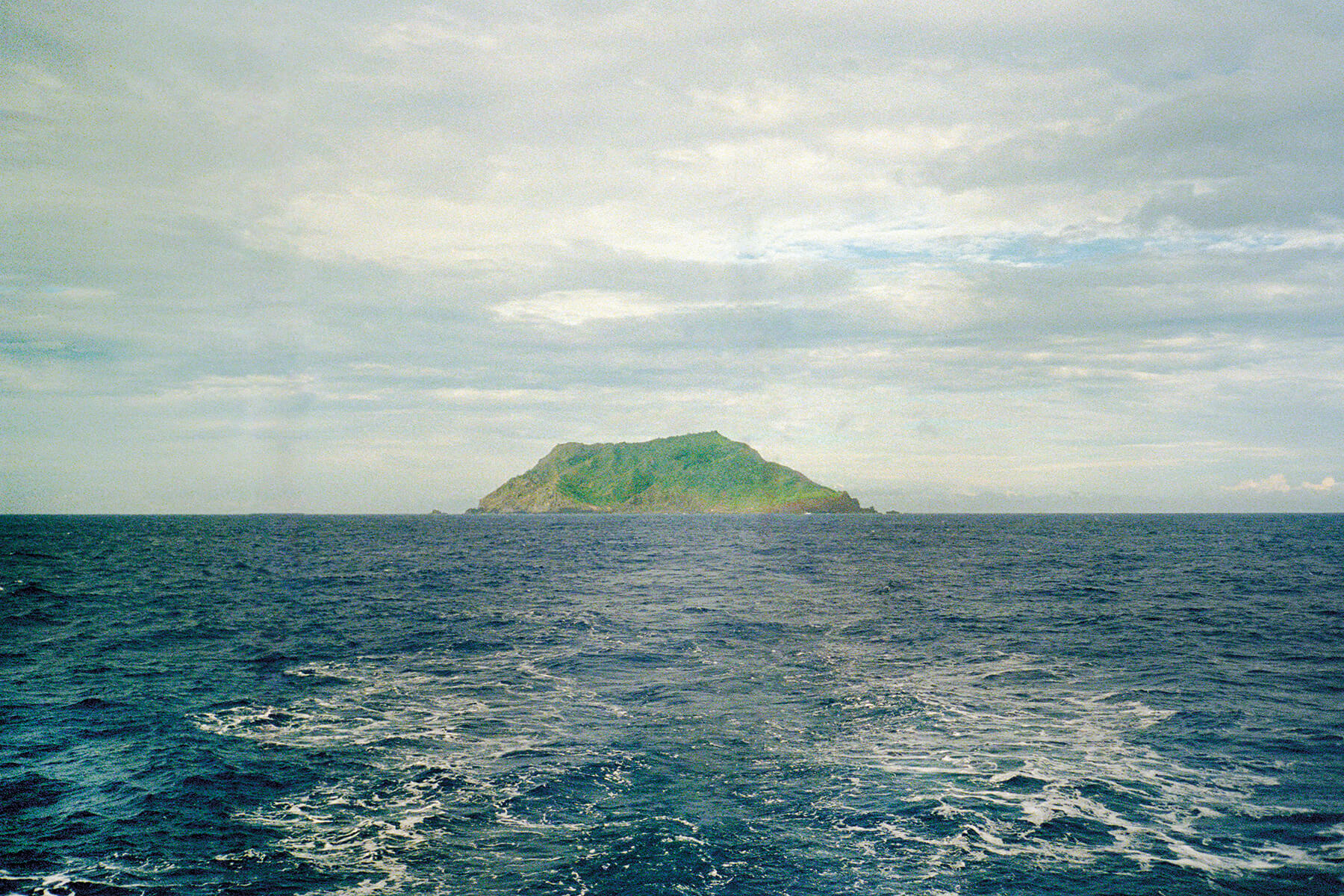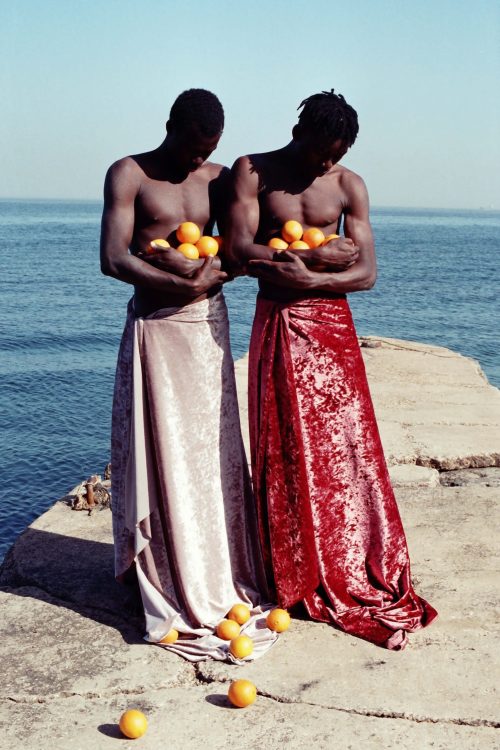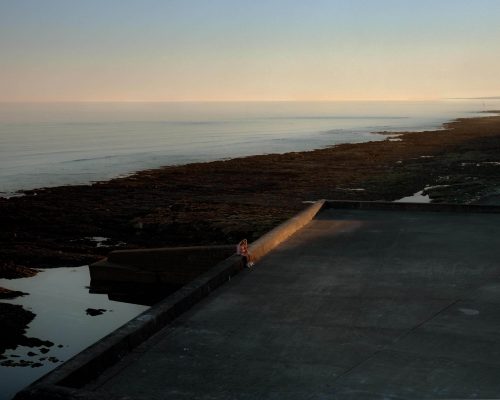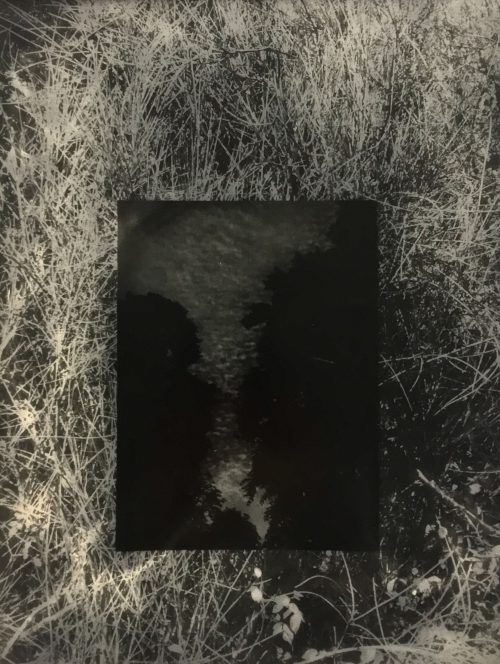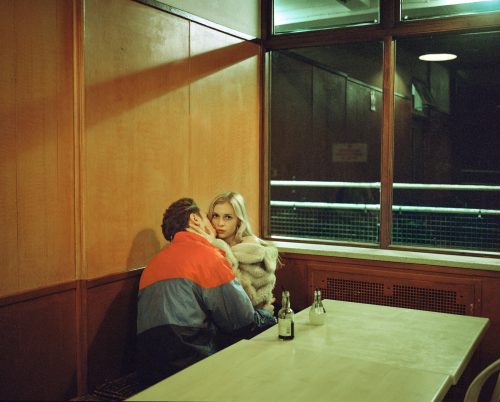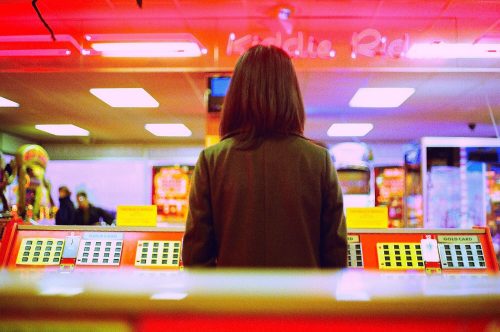Description
Artwork info
“As Pitcairn faded from view, I cried tears of relief. I had survived. I was on my way out. 17 days at sea (or so I thought), and I would be back to ‘civilisation’. New Zealand would be my next port of call.
Vanishing as quickly as it had appeared, the impenetrable island had seemed almost instantly to become a dream. Already my experience had been relegated to the status of a story. One I would retell, but could not
relive. I knew that I could never go back, and I knew that even if I did, the island would be transformed from the one I left.
On my last longboat journey, out to the Claymore, my rescue vessel, Shawn Christian, sitting behind me at the tiller, wearing his familiar black life jacket, casually asked me if I would be back. He was philosophical – he said he knew that the island had its problems, but people like me were what the island needed. I would have laughed had I not been so shocked.After all that had happened, it seemed incomprehensible that Shawn could believe there was any possibility for my return. I was worried for my safety, and would only become more worried when islanders would latterly hear my retelling of experiences. To speak out against Pitcairn is to go against the common code of silence – the attitude of ‘what happens on Pitcairn, stays on Pitcairn’.
As the Claymore II picked up speed and I watched the island shrink, I reached into my pocket. David had slipped me something as we said our goodbyes. I opened the small satin pouch, and there it was, tiny and black. A Bounty nail. Similar to the one he had previously given me that I had handed into police weeks before (allowing Bounty relics off island is illegal).
I could leave, but I could not forget. This time, I was left with no choice. I would be nailed whether I liked it or not. In the three days preceding my departure, a feeling of impending dread started to creep in. My world had shrunk to a 2 mile by 1 mile lump of rock – my patterns and behaviours dictated by the roads down to Adamstown, by shop hours, post office times, the VHF announcing the arrival of yachts.
I had melted into island life, and I could no longer remember who I was before it, and nor could I imagine how I would be after it. I now know how people can get stuck there, or how certain behaviours become normalised – because if two or three people on an island of 40 behave in a certain way, that defines normal.
Each person has an influence that ripples throughout the island, one word can cause a tsunami.” – Rhiannon Adam
_
CONTACT | tom@opendoors.gallery
_
_
Big Fence / Pitcairn Island
The Pitcairn Islands are the last British Overseas Territory in the South Pacific. Pitcairn was permanently settled by the infamous Bounty mutineers and their Polynesian captives in 1790, and their descendents, now numbering fewer than 40, still live there today.
The tiny, isolated, volcanic island measures just two by one miles, is 400 nautical miles away from its nearest neighbour, and is the least populated jurisdiction in the world. Due to the infrequent supply ship schedule (the island’s only direct access), Rhiannon Adam was trapped on Pitcairn for three months, spending two of those living at Big Fence… READ MORE
_
_
Artist Bio
Rhiannon Adam is a photographic artist, born in Cork, Ireland, in 1985. She currently lives and works between London and the US.
In 1992, her parents sold everything they owned and bought a live-aboard sailing boat, Jannes. From that point, her childhood became nomadic, moving from place to place, mainly around South America and the Caribbean. She eventually moved to London as a teenager to live her with aunt, enabling her to begin mainstream education. She later studied at Central Saint Martins College of Art and Design and at the University of Cambridge.
Adam’s work is centred on research-based, long-form, social documentary projects that make use of analogue photographic processes and archive materials, as well as her on-going obsession with Polaroid and the materiality of the photographic image. Her early life experiences have had a lasting influence on her work, with a focus on remote communities, the concept of utopia, and the fine line between fact and fiction… READ MORE
_


